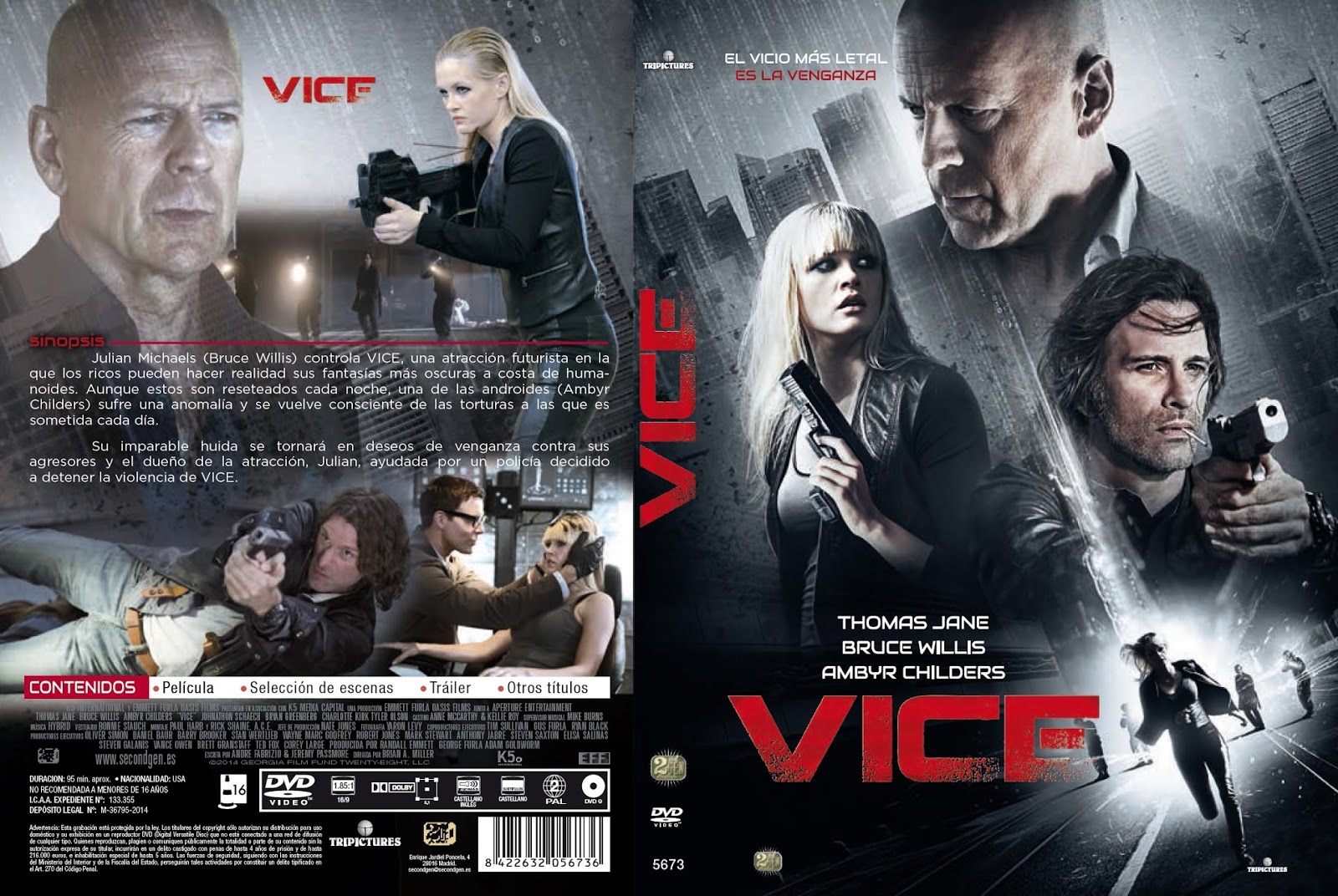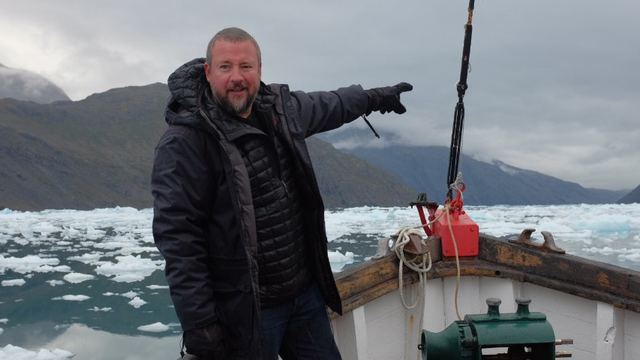

The emphasis isn’t on Anderson’s travels into a dangerous area - though there are a few times in which he has to move due to circumstances involving sniper gunfire - but rather on the different groups of people he interviews. The audio of the interviews is clear and clean, and the voiceover is sharp, flowing smoothly over the busier background noise.

Though the percussive soundtrack throughout the report is usually unnecessary, as the narration is fascinating enough, it’s only mildly distracting. more likely to face an attack from Iraqi soil today than it was under Saddam (Hussein)?” The short answer, according to multiple sources, is yes. One of the tensest moments of the special is when the journalist asks, “Is the U.S. He is calm and professional, and presses for answers that are more complex than the ones he is initially given.Īnderson pushes his interviewees on what the future looks like, looking at it especially through a global lens as the Western world doubles down on fighting terrorism transnationally. The balance between the emotional pull of the subject matter and the focus on mapping out an informational and accurate portrayal of the history of ISIS and its current conflicts is aided by Anderson’s journalistic style in interviewing his subjects.

The one-on-one interviews are intriguing but too short there’s not enough time given after the build-up to let us fully establish a read on any single figure, including a captured Sunni Jihadist (name withheld) and Ambassador Ryan C. invasion of Iraq in 2003, and talks to members of rebel groups in Iraq, captured ISIS jihadists in Kurdistan and even military forces in Syria. VICE correspondent Ben Anderson explores the build-up and subsequent execution of the U.S. Bush - and then an interview with a captured ISIS jihadist (name withheld). The report begins with old footage of American politicians - including an extra-long shot of former president George W.


 0 kommentar(er)
0 kommentar(er)
